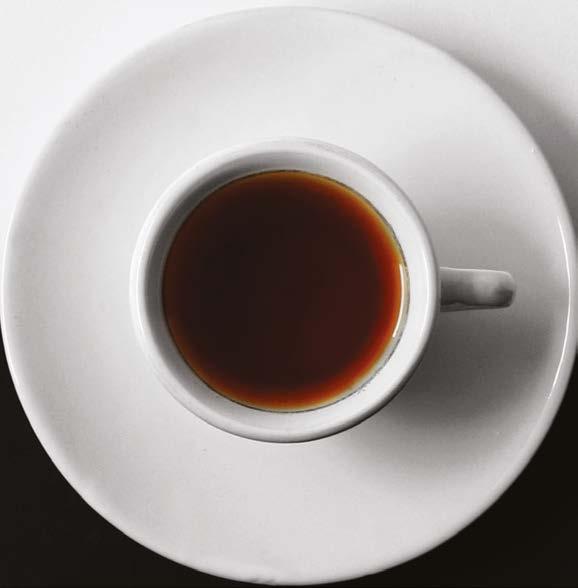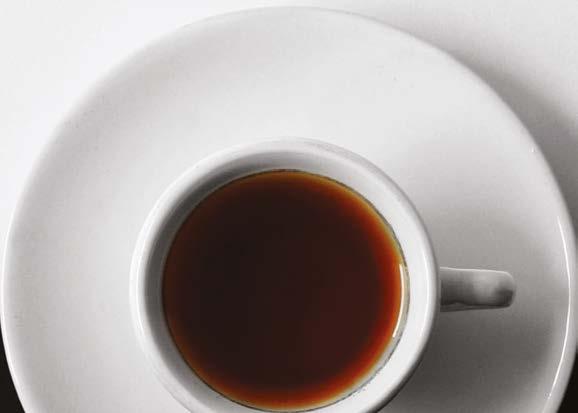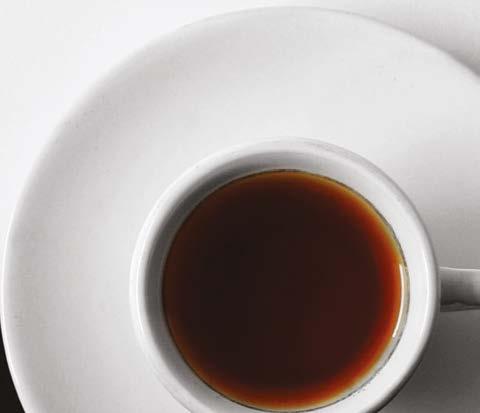
5 minute read
Time For Tea?
Amidst the coffee culture that has quickly become a firm favourite in Britain, let’s take a moment to pay homage to the quintessentially English afternoon tea. The Mad Hatter was crazy for it and so are we...
It’s the perfect treat for an afternoon, so what better way to spend your time than sampling beautifully made finger foods, miniature sandwiches and delightful sweets of an afternoon tea.
Tea dates back as far as 5,000 years ago from Ancient China where it grew to become popular as both a digestive aid and later as a formal ceremony. Its popularity grew, and so did the methods of perfecting a brew and how to serve tea, whether from pots or on lacquered trays, not forgetting the porcelain cups. It wasn’t long before it became China’s national drink.
When the Buddhist monks discovered tea in China, they brought it over to Japan and Tibet and by the 1100s, zen Buddhist tea ceremonies had been created to aid meditation.
As for Europe, it was not until the 1660s that the British finally had their chance to discover this delightful beverage. It quickly became a favourite amongst the upper-classes. It is claimed that in the1800s the 7th Dutchess Of Bedford was the inventor of the ‘afternoon tea”, which became very popular as it was perfect for filing the gap between breakfast and a late supper.
As coffee houses in the 1700s and 1800s were popular places for men to socialise, tea rooms began to pop up for respectable ladies to entertain and to meet, the first appearing in Glasgow then London and later further afield. Nowadays it’s difficult to escape to any part of the country, whether it be village, town or city, where there isn’t a place you can enjoy your favourite brew. Which tea? There are plenty of popular brands to test but as tea has become more popular over the years, the abundance of types available, the methods of serving and the growing discovery of health benefits of certain teas, means that it often comes under the spotlight.

So where does your brew begin? The evergreen bush – Camellia Sinensis – is where the perfect cuppa begins and then depending on the process the categories can roughly be divided into six types depending on whether the tea is wilted, unoxidized, allowed to yellow, bruised, crushed, oxidized or fermented. This gives us our differences in taste and range of teas, white, yellow, red and black.
Fruit and herbal teas have now joined the range available and have become hugely popular across the market, some for health benefits and others for the differences in tastes.
When partaking in an afternoon tea, one would not wish to make a faux pas. Here’s our top tips to help you out in case the occasion arises.
Food offered at an afternoon tea party should be presented in a tiered cake stand. Top tier: Scones (in the 1700s, when tea parties became popular, the top tier was the only one that would fit a warming dome over, so that’s where the scones had to go). Middle tier: Sandwiches. Bottom tier: Sweets, pastries and desserts. Eat the sandwiches first, scones second and then the sweets and desserts. Scone etiquette Never cut a scone in half and spread jam and butter on. After choosing your perfect scone you should tear off bite-sized chunks and then spread your butter, jam and cream with a knife. The napkin Your napkin should sit to the left of the plate, with the folded edge to the left and the open edge to the right. Never leave your napkin on your chair, if excusing yourself from the table, it should be set back to the left of the plate. If you’d like to have the opportunity to be invited back, you should neatly fold the napkin with a crease and place it back on the left of the plate as the indication of a future invite. Tea stirring Never stir tea in a circular motion. You should softly fold your tea back and forth and do not leave the spoon in the cup, place it back on the saucer on the right of the cup. Pinkies up? The raised little finger is a faux pas of afternoon tea now, although once it was considered to be a sign of elegance, this is something that is said to date back to Roman times when cultured people would eat with three fingers instead of the whole hand as a ‘commoner’ would. You should not wrap your hands around the cup!
Lapsang Souchong A distinctive flavour of smoky pine.



Assam A full-bodied malty flavour.










